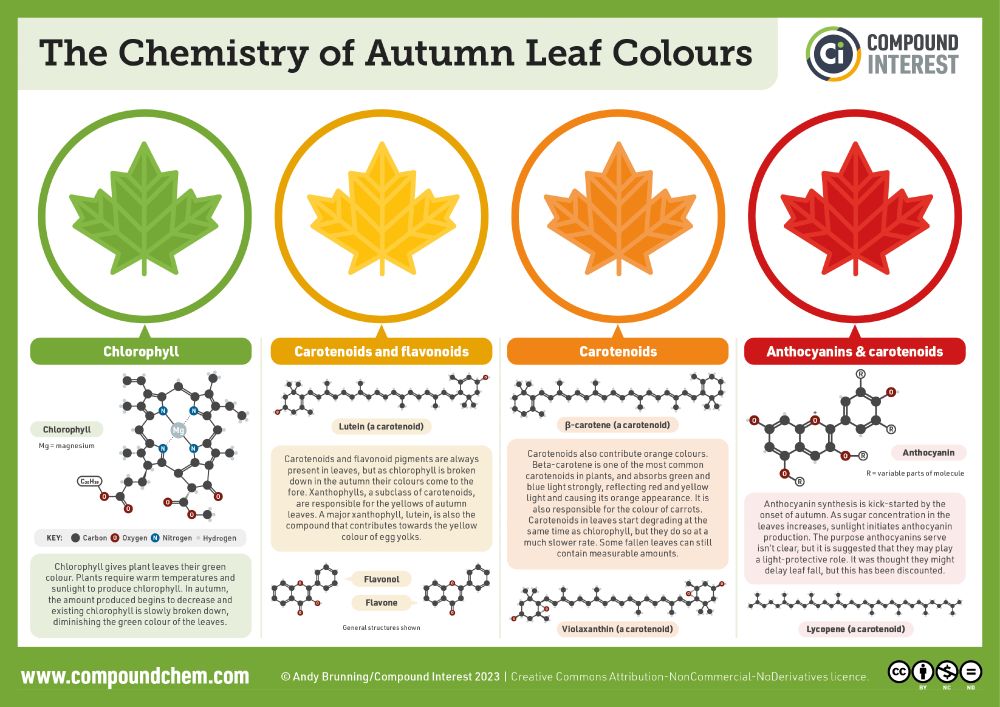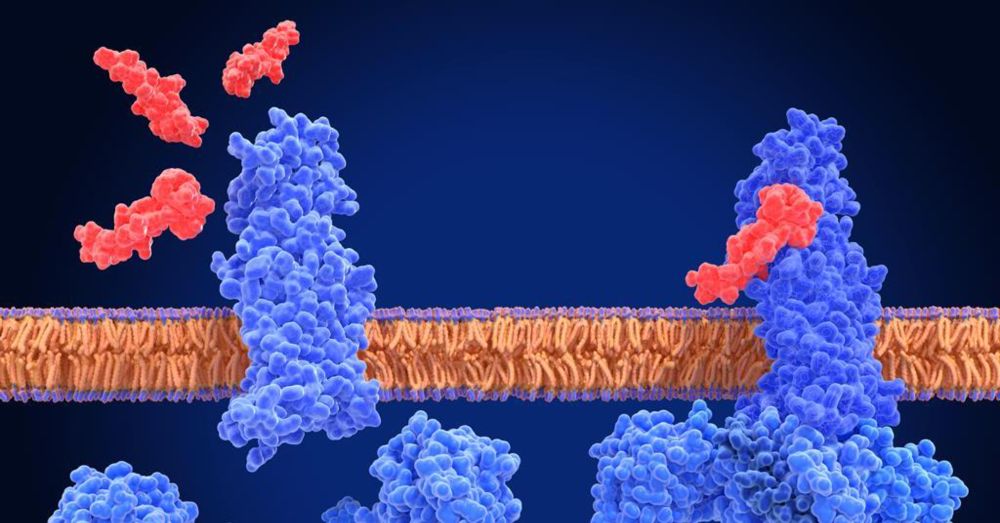Department of Chemistry, University of Aberdeen 🏴
@aberdeenchem.bsky.social
87 followers
99 following
39 posts
Explore the wonders of chemistry at the University of Aberdeen! From groundbreaking research to inspiring education, we shape the future of science.
https://www.abdn.ac.uk/chemistry
#StudyChemistry
#StudyAtAberdeen
#ChemSky 🧪
Posts
Media
Videos
Starter Packs
Reposted by Department of Chemistry, University of Aberdeen 🏴
Reposted by Department of Chemistry, University of Aberdeen 🏴
Reposted by Department of Chemistry, University of Aberdeen 🏴
Reposted by Department of Chemistry, University of Aberdeen 🏴
Reposted by Department of Chemistry, University of Aberdeen 🏴
Reposted by Department of Chemistry, University of Aberdeen 🏴
Reposted by Department of Chemistry, University of Aberdeen 🏴
Reposted by Department of Chemistry, University of Aberdeen 🏴
Reposted by Department of Chemistry, University of Aberdeen 🏴
Reposted by Department of Chemistry, University of Aberdeen 🏴
Reposted by Department of Chemistry, University of Aberdeen 🏴
Reposted by Department of Chemistry, University of Aberdeen 🏴
Reposted by Department of Chemistry, University of Aberdeen 🏴
Reposted by Department of Chemistry, University of Aberdeen 🏴
























